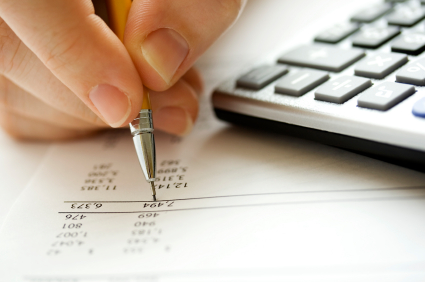
The 2022/23 end of tax year guide
17.01.2023The 2022/23 tax year ends on Wednesday 5 April. After this date, many allowances will reset, so it could be your last chance to use some of them. Making the most of allowances can reduce your tax liability and help your money to go further. Reviewing your finances now could mean you discover an allowance you could make use of before the deadline.
Here are seven allowances to consider using before the 2022/23 tax year ends.
To download a copy, please fill in the form below
The 2022/23 end of tax year guide
Download the guide.
Please note: This guide is for general information only and does not constitute advice. The information is aimed at retail clients only. The Financial Conduct Authority does not regulate estate and tax planning. The value of your investment can go down as well as up and you may not get back the full amount you invested. Past performance is not a reliable indicator of future performance. A pension is a long-term investment not normally accessible until 55 (57 from April 2028). The fund value may fluctuate and can go down, which would have an impact on the level of pension benefits available. Past performance is not a reliable indicator of future results. The tax implications of pension withdrawals will be based on your individual circumstances. Thresholds, percentage rates and tax legislation may change in subsequent Finance Acts. Investments do not include the same security of capital which is afforded with a deposit account. By incurring a Lifetime ISA Government withdrawal charge you may get back less than you paid in. By saving in a Lifetime ISA instead of a qualifying pension scheme you could lose contributions by your employer, if any. Saving in a Lifetime ISA may affect your entitlement to current and future means tested benefits. The guide is based on our current understanding of legislation, which is subject to change.

 Search
Search






